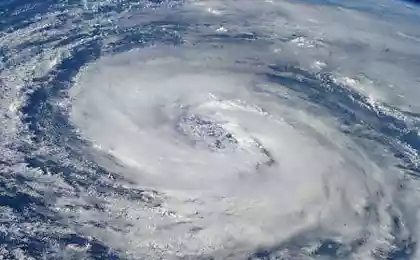592
In 1816, the year in the Northern Hemisphere was not summer

The reason was mainly the eruption of Tambora volcano on the island of Sumatra in Indonesia. It was the most powerful eruption in the last 200 years - according to sources ashes up into the air at a height of 2 600m. The explosion destroyed the top of the mountain and threw it into the air 145 cubic kilometers rock, ash and toxic gases. Many people who survived the explosion itself and the ensuing tsunami, suffered from lung infections, because the air was too much sulfur. Finally, June 15, 1815, the year the eruption ceased, but smoke rose into the air from volcanic crater up to 23 August.

The fields lie near the volcano were burned by lava, and the rest were covered with ashes, which caused a sharp shortage of food in Indonesia. A huge number of particles of ash and sulfuric acid in the atmosphere blocked sunlight, and as a result, instead of the summer in this part of the globe during the spring and summer of 1816, the year reigned volcanic winter. The average temperature dropped to 0, 7 ° C, and in the northeast of the United States was a "dry fog", described as a "veil of stratospheric sulphate aerosols." Frost destroyed most of the crops. In Lebanon, the city of New York, the temperature throughout May was below zero. In early June, the Canadian province of Quebec was snowing, but in the summer it there is usually no. A similar situation was observed in almost all of North America.
Donated and Europe: Britain and Ireland because of the low temperatures and heavy rains killed harvest. In Germany soared, food prices, sparking riots in many European cities. In China killed many forests and rice crops, and the Yangtze River in the province due to heavy monsoon flooding occurred. In India, by contrast, delayed monsoons and partial drying of the Ganges River has caused a cholera epidemic that has spread as far as Moscow.
via factroom.ru
Find out why you need to breathe into a paper bag during hyperventilation
Sapphire and Ruby - this is one and the same stone























